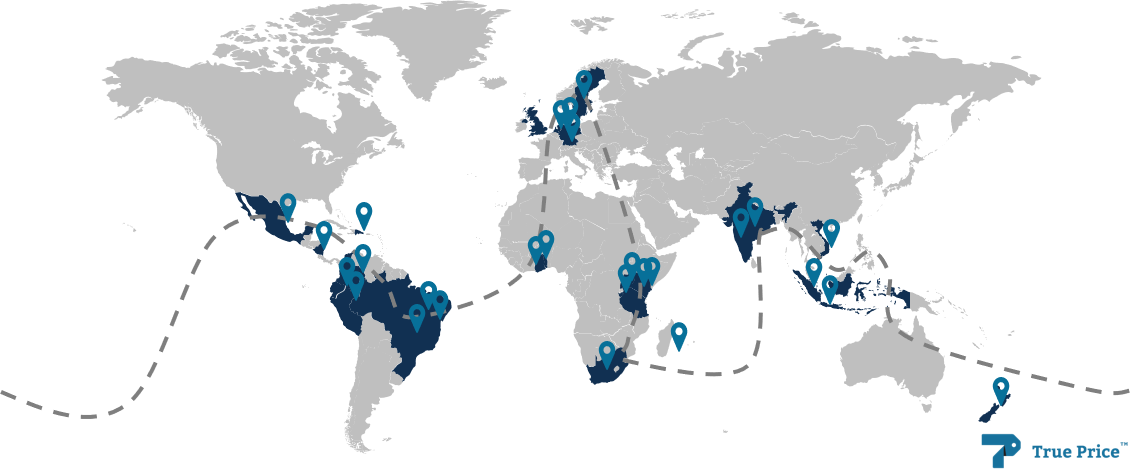Countries have committed themselves to ending poverty, hunger, slavery and climate change by 2030 through the Sustainable Development Goals (SDGs). However, CO2 emissions are rising (WRI), resource extraction increased steadily (EEA), and biodiversity is under immense pressure with the expected extinction of thousands of animal species (IPBES). How can we ever achieve the SDGs? How can we create an economy that does not require extracting more resources, in other words a circular economy? True prices are an important part of the solution.
Despite the growth of sustainability labels and organic products in shops, not a single shopping basket is truly circular and in line with the SDGs. Production processes pollute water, air, and soil, deplete resources, and destroy biodiversity. This is in addition to social costs like underpayment and forced labor. These kinds of damages make up part of the true cost of a product that isn’t not paid by the consumer, but instead by taxpayers, children, future generations, and people living in poverty. After all, taxpayers fund the repair of damage caused by extreme weather conditions and polluted living environments. Everything we buy has social and environmental costs, even organic jeans, local vegetables, and electric cars.
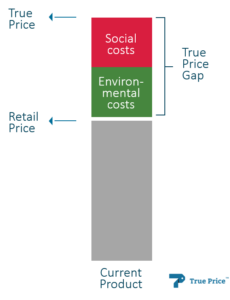
The true price of a product is its market price plus the cost of repairing social and environmental damage wrought through the value chain.
If these true costs are the problem, then true prices are the solution. The true price of a product is its market price plus the cost of repairing social and environmental damage wrought through the value chain. This includes the damage caused by pollution, climate change, resource extraction, and harm to workers. For example, the true price includes the cost of planting trees to absorb carbon or the costs associated with cleaning the water used in the production process.
Research shows that 40 euro jeans made from denim produced in India has a true price of 73 euros, partly due to the extraction of scarce water and the use of forced labor. To lower the true price of this product we must cultivate cotton more efficiently and stop forced labor. We could also lower the true price by applying circular principles such as reusing the denim from old jeans and treating wastewater after use.
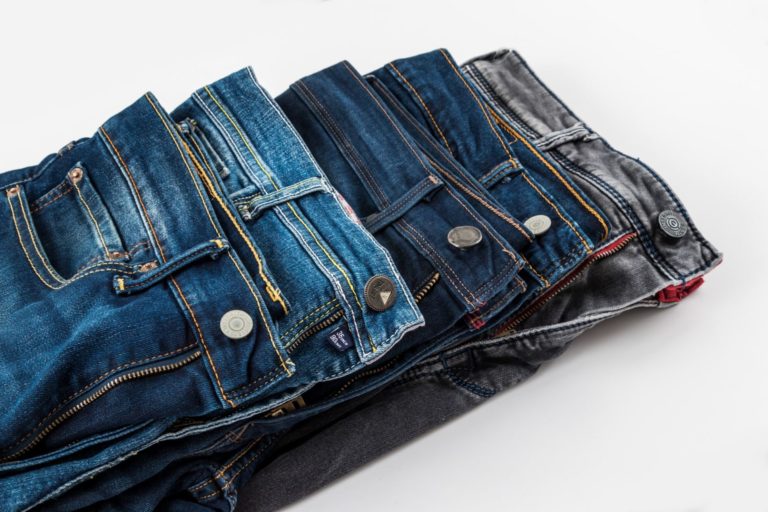
The Most Circular Product
When the true price of each product is visible, consumers can finally choose the most sustainable product. Circular products with lower environmental costs will have a lower true price than conventional products. Governments can use true prices to identify innovations and develop smart policies to encourage circular product chains. For example, they could increase waste collection charges in cities, encouraging companies to reduce and reuse their waste. Investors can integrate true pricing into their decision making and minimize risk. Businesses can use true pricing as means to underpin their circular business plan and communicate that their products are truly circular.
Editor’s Pick — Related Articles:
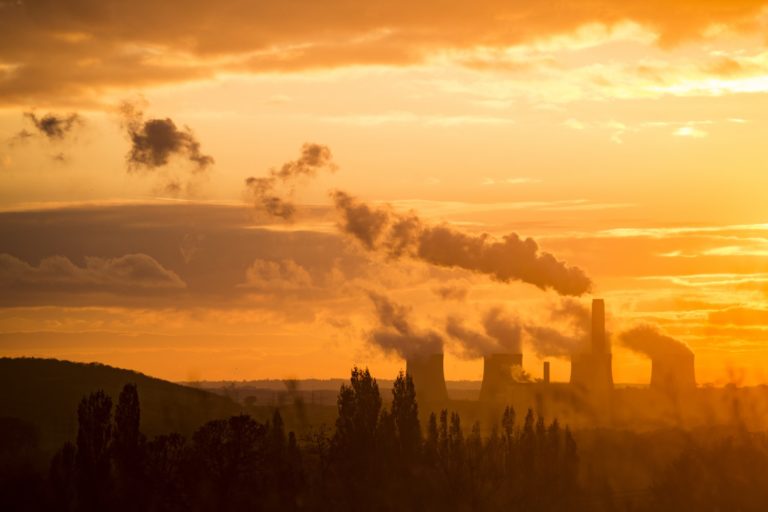 “The Carbon Tax Works For Billionaires: The Climate ‘Karma Tax’ Works for the Rest of Us”
“The Carbon Tax Works For Billionaires: The Climate ‘Karma Tax’ Works for the Rest of Us”
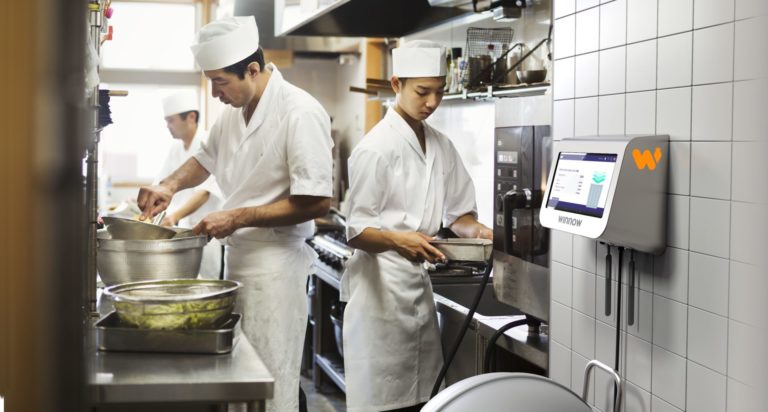 “Can AI Advance the Circular Economy Within Hospitality?”
“Can AI Advance the Circular Economy Within Hospitality?”
The question is: can true prices be calculated for the millions of products that pass-through check-out counters everyday? And in the process accelerate the transition to a circular economy? Thanks to technologies such as satellites, sensors, drones, blockchain, and AI, this is possible. It is becoming increasingly easy to link production data to true costs. The development of a public method for calculating true prices through a public-private partnership with the Dutch government, top sectors Agri & Food and Horticulture, Wageningen University, Bionext, True Price, Rabobank, and ABN AMRO supports this transition.
Will all products become more expensive? That is not necessary. Already, circular innovations drive profit. Companies can reduce costs by using renewable and cheaper energy, reusing waste streams, or using alternative resources. And business models that subscribe to the SDGs have an estimated value of 12 trillion dollars– sustainablility has a business case. Moreover, if governments price pollution, more consumers will opt for sustainable products, and companies will avoid waste in the process of avoiding costs. And that is exactly what we need to realize a circular economy and truly become sustainable.



